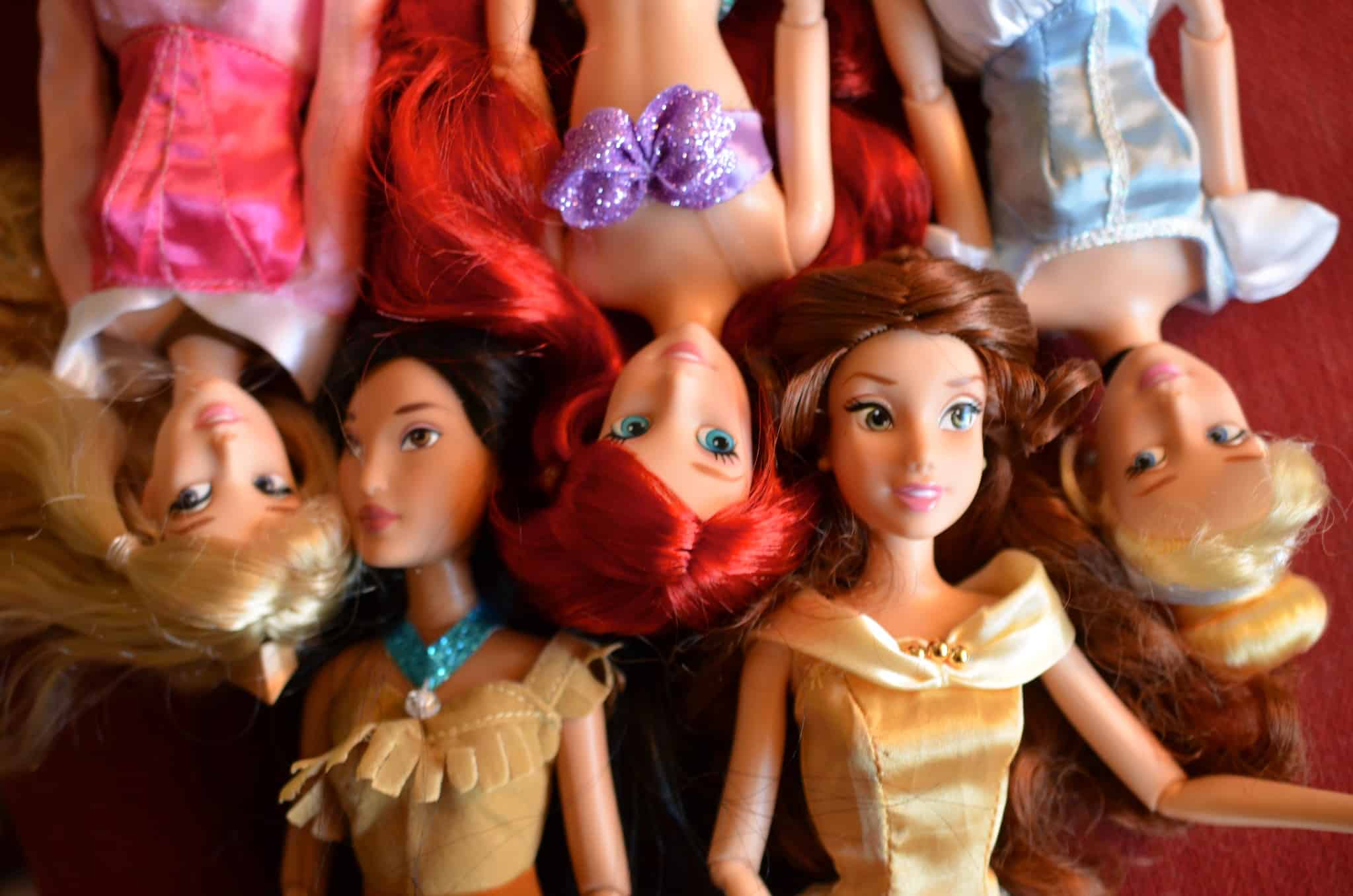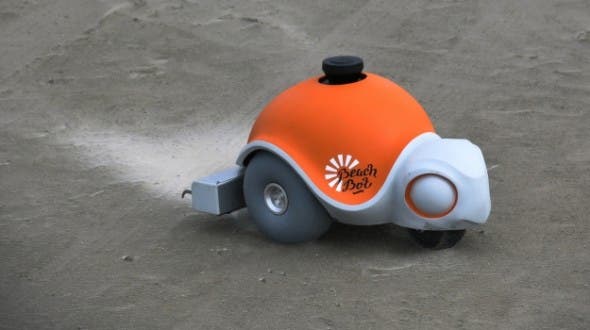Moana, Anna, Elsa, Cinderella and the list goes on. Disney princesses have been a significant part of childhood, ever since Snow White and the Seven Dwarfs premiered in theaters in 1937. However, alongside their popularity, some parents wonder what effect these images of young women could have on how their children feel about themselves.

Now, a new study has found that, among girl children whose favorite Disney princesses had an average-sized body, playing with princesses was linked to a better body image and increased participation in play activities typically associated with either boys or girls. This suggests that certain princess depictions can positively influence children’s self-perception.
“People are critical of Disney princesses,” Jane Shawcroft, study author and researcher at the University of California Davis, said in a news release. However, parents might want to give princesses another look, Shawcroft suggested. “Princesses with average body size created a protective effect, strengthening how confident children feel.”
Princesses and self-esteem
In their study, the researchers categorized Disney princesses, who have become more ethnically diverse over time, into three body categories: thin, average, and above average/heavy. For example, Moana from the 2016 film by the same name, was coded as having an average body size, and Jasmine, from the Aladdin movie, was coded as thin.
The study focused mainly on how the body type of a Disney princess affects children’s body esteem, meaning how confident they feel about their own bodies and their masculine or feminine style of play. These two criteria (body esteem and gendered play) are the two most-cited concerns from parents about Disney princesses, Shawcroft said.
The researchers assessed body esteem by collecting responses from caregivers about how much their kids liked, or felt good about, their bodies. A different evaluation looked at children’s masculine or feminine play based on their choices of toys. Toy guns are typically considered stereotypically masculine, while dolls are seen as feminine.
The study included a total of 340 children under 5 years old and their caregivers living in Denver at the time of the study, which ran from 2020 to 2021. Over half of the children were girls, and about 84% were white. The researchers surveyed caregivers at two different times to measure any changes in body esteem and gendered play.
Average is good
The body type of the princesses had a significant impact on how children perceived their own bodies and engaged in play. Kids who liked princesses with average body proportions, such as Moana, experienced increased self-esteem regarding their bodies one year later. They were also more open to exploring play that was both linked with boys and girls.
The frequency with which children pretended to be princesses during playtime was a key factor driving these effects. The more a child immersed themselves in the role of a princess, particularly if their favorite princess possessed an average body rather than an extremely thin one, the more positive their body image became, the researchers said.
The results might be partly explained by the fact that Disney princesses with average bodies are more physically active in their stories. “They’re running and climbing enormous mountains and fighting things. For these princesses, their stories are more about what they can do with their bodies than how their bodies look,” Shawcroft said in a news release.
The study, however, had some limitations. Children were only 4 1/2 years old at the end of the study, which means the findings might change as children grow up. The positive effects the researchers found are all a result of children playing princess and not just watching the movies. Overall, they believe the results shed light on a previously unclear effect.
The study was published in the journal Psychology of Popular Media.




